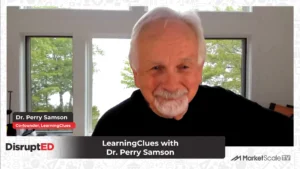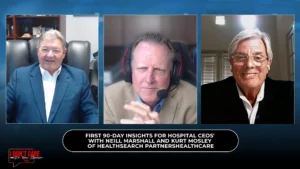Reducing Motor Insulation Stress When Using Variable Frequency Drives
A variable frequency drive (VFD), sometimes known as a variable speed drive, is used to control AC induction motor speed and torque by varying the motor input frequency and voltage. VFDs improve control, increase efficiency, and extend the motor’s operating life by reducing mechanical and thermal stresses. However, VFDs may also lead to degradation of the coils that produce the magnetic field in the motor’s stator and their insulation.
Motors Fail for Many Reasons
Motors may fail for many reasons unrelated to the VFD itself. The motor’s stator windings may overheat and burn out due to insufficient cooling of the motor, an overload, improper wiring, incorrect motor data supplied to the VFD, or running the motor for an extended time at low speed in a constant torque application. In other cases, loose wire strands in the motor’s conduit box, nicked insulation in the motor cables, or moisture in the motor or in the conduit between the VFD and the motor can result in a malfunction. And sometimes, the insulation in the motor’s windings may breakdown due to the interaction between the VFD and the motor’s stator windings.
VFD-Induced Motor Insulation Breakdown
An AC induction motor’s stator coils possess an electrical property called “inductive reactance,” that produces a back-voltage that opposes changes in current flow. Gradual changes in current flow are typically unproblematic. However, when a fast-rising voltage pulse is applied, the back-voltage generated by the motor’s coils can cause a voltage spike. This overshoot interacts with the inductance and capacitance of the motor and cables, causing the voltage to oscillate. If the peak voltage generated by this oscillation escalates too high, it can break through the motor’s insulation and cause the motor’s windings to short.
Measuring the PWM Pulse
The Pulse Width Modulation (PWM) digital signal can be measured in a number of ways. The peak voltage, or Vpeak, indicates the amount of stress imposed on the motor’s stator insulation. The rise time of the pulse, typically defined as the time required for the pulse to rise from 10% to 90% of its peak voltage, is also assessed—the shorter the rise time, the greater the stress on the motor’s insulation. A third measurement is dV/dt, the rate of the rise of the pulse’s voltage, calculated by dividing the change in voltage (dV) by the change in time (dt). As the rise time shortens, the dV/dt value becomes larger, placing added stress on the motor’s insulation.
Choosing the Right Motor
The National Electrical Manufacturers Association (NEMA) set the standard for how high a voltage the insulation in a general-purpose motor should safely be able to withstand. For a base voltage rating of up to 600 V, they selected a value of 1000 V. However, since the voltage pulse that a PWM VFD applies to a motor may overshoot the DC bus voltage that generated the pulse, NEMA created a new standard to ensure that these motors had sufficient stator insulation to ensure reliable operation when used with VFDs. The 1993 version of NEMA MG 1, Part 31 states that a definite-purpose motor for use with a VFD should have stator windings that can withstand 1600 V. A general-purpose motor may be used for an application if voltage overshoot doesn’t exceed 1000 V. Some factors that affect voltage overshoot include the rise time of the VFD’s PWM pulses, the length of the power cables between the VFD and the motor, power line voltage, load on the motor, PWM switching frequency, and the size of the motor.
Choosing the right VFD and motor for your unique application can be challenging. That’s why the experts at Advanced Industrial Devices deliver practical, efficient, ingenious and empowering solutions to ensure customer success. To find out more about AID’s engineered solutions and capabilities, visit here.









